Market Share Slips as Tesla Loses Traction in Spain
Tesla Inc. $TSLA, once a dominant force in Europe’s electric vehicle (EV) market, is showing signs of erosion in key regional markets. According to the latest data from Spanish automotive association ANFAC, Tesla’s new car registrations in Spain fell 36% year-on-year in April, totaling just 571 vehicles. The decline is part of a broader downward trend for the company in Spain, where sales for the first four months of 2025 dropped 17% compared to the same period in 2024.
This weakening performance contrasts sharply with the wider EV landscape in Spain, where electrified vehicle sales — including both fully electric and hybrid models — surged 54% over the same timeframe. The numbers point to a growing competitive challenge for Tesla, particularly as Chinese and European automakers expand their presence and offer increasingly price-competitive and feature-rich alternatives.
Competitive Pressure Mounts in Europe’s EV Hotspots
Tesla’s sales slump in Spain reflects a broader trend unfolding across Europe, where the EV pioneer is facing intensified competition on multiple fronts. Once celebrated for its innovation and first-mover advantage, Tesla is now contending with a maturing market that is no longer dominated by a handful of brands. In particular, Chinese manufacturers such as BYD and MG, along with legacy European automakers like Volkswagen, Renault, and Stellantis, have stepped up their electric offerings — often undercutting Tesla on price while matching or exceeding in areas like range, design, and in-car technology.
Moreover, changes in consumer preferences and local policy incentives have accelerated the adoption of more affordable and versatile EV options, especially in Southern Europe, where cost remains a key decision factor. Tesla’s premium pricing strategy, coupled with slower rollout of region-specific models, has left it vulnerable to agile competitors.
Core Drivers Behind Tesla’s Market Contraction in Spain:
Increased market penetration by Chinese EV makers offering cost-effective models.
Aggressive electrification strategies from established European automakers.
Policy-driven EV incentives benefiting a broader range of manufacturers.
Tesla’s limited model refresh cycles, especially in Europe.
Price sensitivity in the Spanish auto market reducing demand for premium EVs.
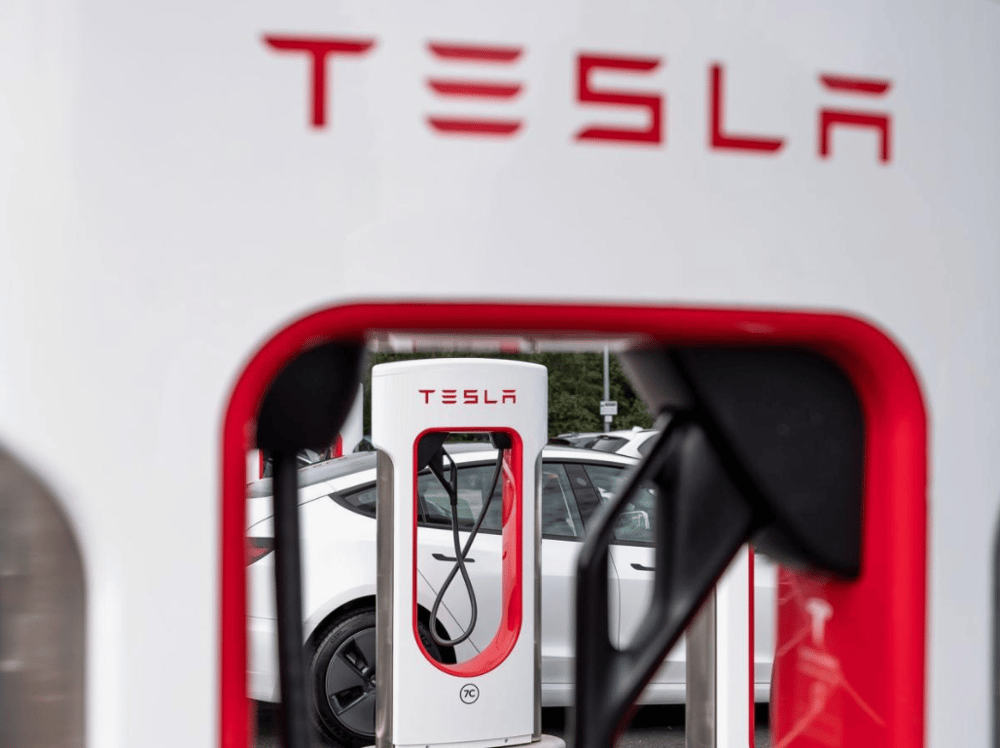
Strategic Challenges and Potential Adjustments
The declining sales numbers are likely to fuel internal debate at Tesla over its European pricing strategy, production localization, and model diversification. The company continues to rely heavily on exports from its Gigafactory in Berlin, but regional demand signals suggest that broader strategic adjustments may be necessary to retain market share in cost-conscious regions like Spain, Italy, and parts of Eastern Europe.
Tesla’s market leadership in the EV segment is no longer guaranteed, and the ongoing proliferation of EV brands across Europe means that even the most innovative firms must evolve rapidly or risk losing ground. As competitors launch new models optimized for European roads and consumer behavior, Tesla’s relative rigidity in its product lineup and regional pricing may increasingly become a liability.
Strategic Considerations Tesla May Need to Reevaluate:
Localizing more production in key EU regions to reduce costs and improve delivery times.
Launching region-specific models or smaller-format vehicles to match demand profiles.
Revisiting pricing frameworks to stay competitive in lower-income EU markets.
Expanding retail presence and after-sales service infrastructure across Southern Europe.
Enhancing marketing and partnerships to rebuild brand momentum amid intensifying competition.
Looking Ahead: An Inflection Point in the European EV Race
Tesla’s performance in Spain offers a telling snapshot of the shifting dynamics within Europe’s EV sector. Once the uncontested leader in electric mobility, the company is now confronting a multipolar market where price, diversity, and localization are becoming decisive factors. While Tesla’s long-term prospects remain strong thanks to its technology and global footprint, its short-term challenges in Europe — particularly in price-sensitive markets — demand swift, strategic responses.
As legacy automakers ramp up production and Chinese brands gain regulatory and consumer traction, Tesla will need to reassess its European strategy to avoid further erosion of market share in one of the world's most competitive EV landscapes.


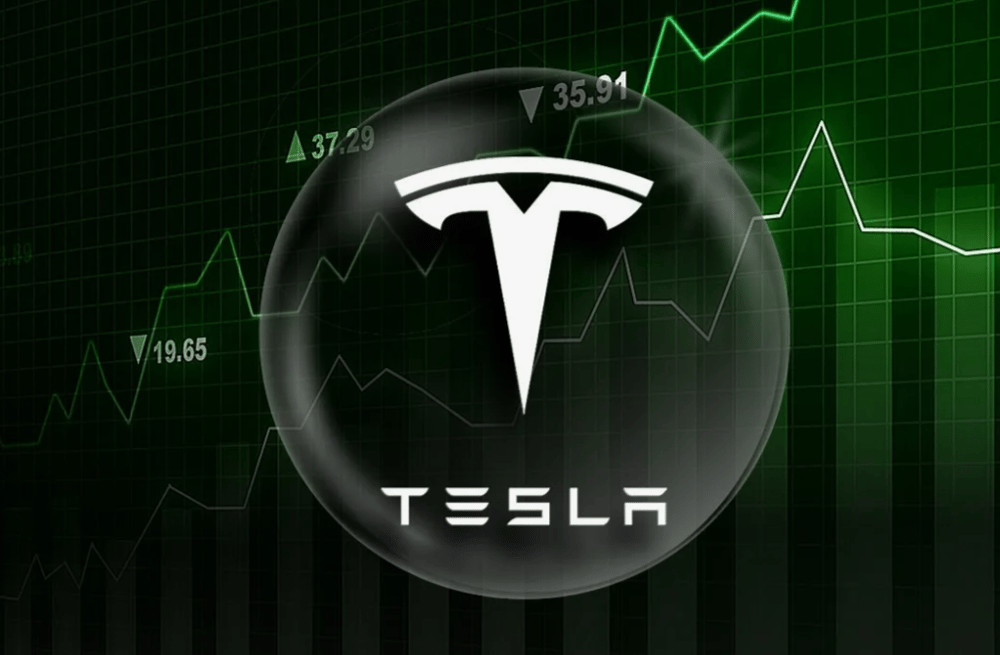






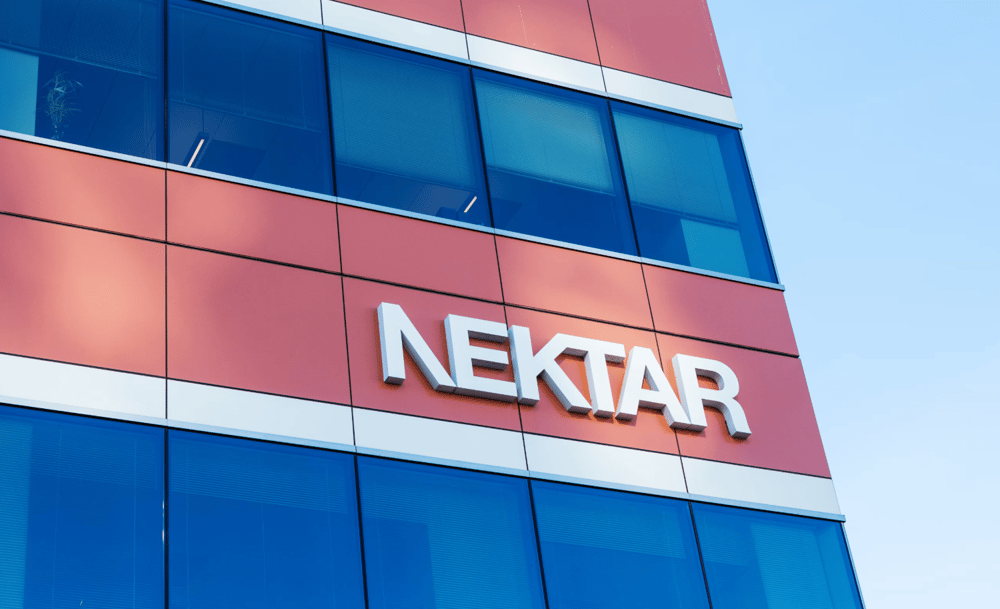
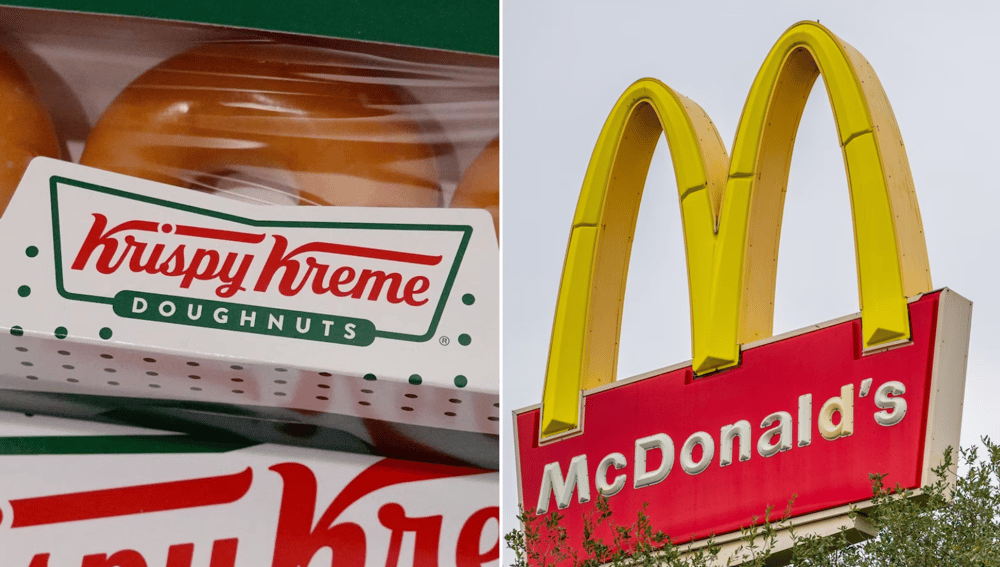


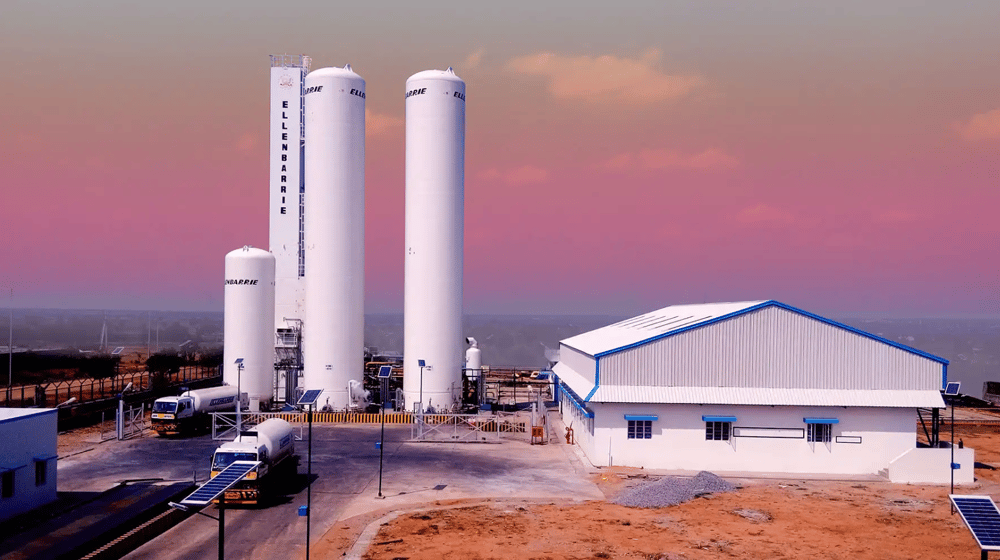

Comments
Tough times for Tesla in Europe—curious to see how they’ll adapt!